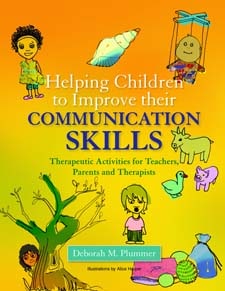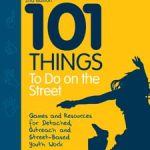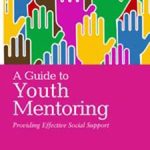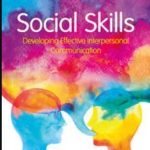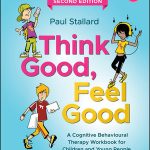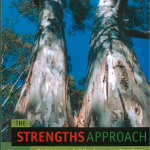Therapeutic Activities for Teachers, Parents and Therapists
For many children, the act of communication which most of us take for granted can be a struggle, and communicating with others can become something to fear rather than enjoy.
This creative book is full of fun and imaginative ideas to help children aged 4—11 with a speech or language delay or disorder to develop their communication skills. It is packed with activities and games specifically tailored to help develop skills such as articulation, vocabulary development, breath control, conversation skills and non-verbal communication. Tips for personalising and shaping the activities are also provided. A comprehensive theory section supports the ideas presented, and practical advice on working with groups and individuals and in different settings is also given.
This activity book will be an invaluable resource not only for speech and language therapists and students, but also for parents, teachers, carers and other support staff who are looking for creative ways to promote language development.
Contents:
- Acknowledgements.
- Part 1. Theoretical and practical background.
- 1. Introduction: Developing a therapeutic imagination.
- 2. Communication well-being.
- 3. Play as a therapeutic tool for communication.
- 4. Structuring the emotional environment.
- 5. Working in different settings.
- Part 2. Activities and games.
- 6. Beyond the beanbag!
- 7. Big space activities and games.
- 8. Being creative with paper and pencil activities.
- 9. Role play, story-telling and guided imagery.
- 10. Conversation games.
- 11. Thinking skills activities.
- 12. Construction activities.
- 13. Parachute games.
- 14. Music and movement activities.
- Useful Resources.
Author Bio:
Deborah M. Plummer is a registered speech and language therapist and imagework practitioner with over 20 years’ experience of facilitating groups and working individually with both children and adults. Formerly a clinical lead therapist working within the NHS, she now lectures at De Montfort University, Leicester and runs workshops and short courses on the uses of imagery and issues of self-esteem.


